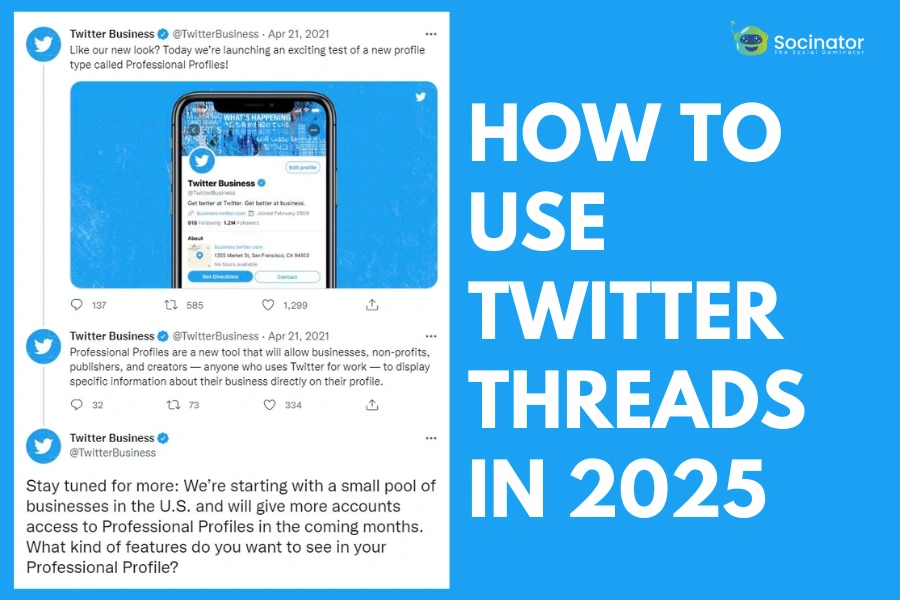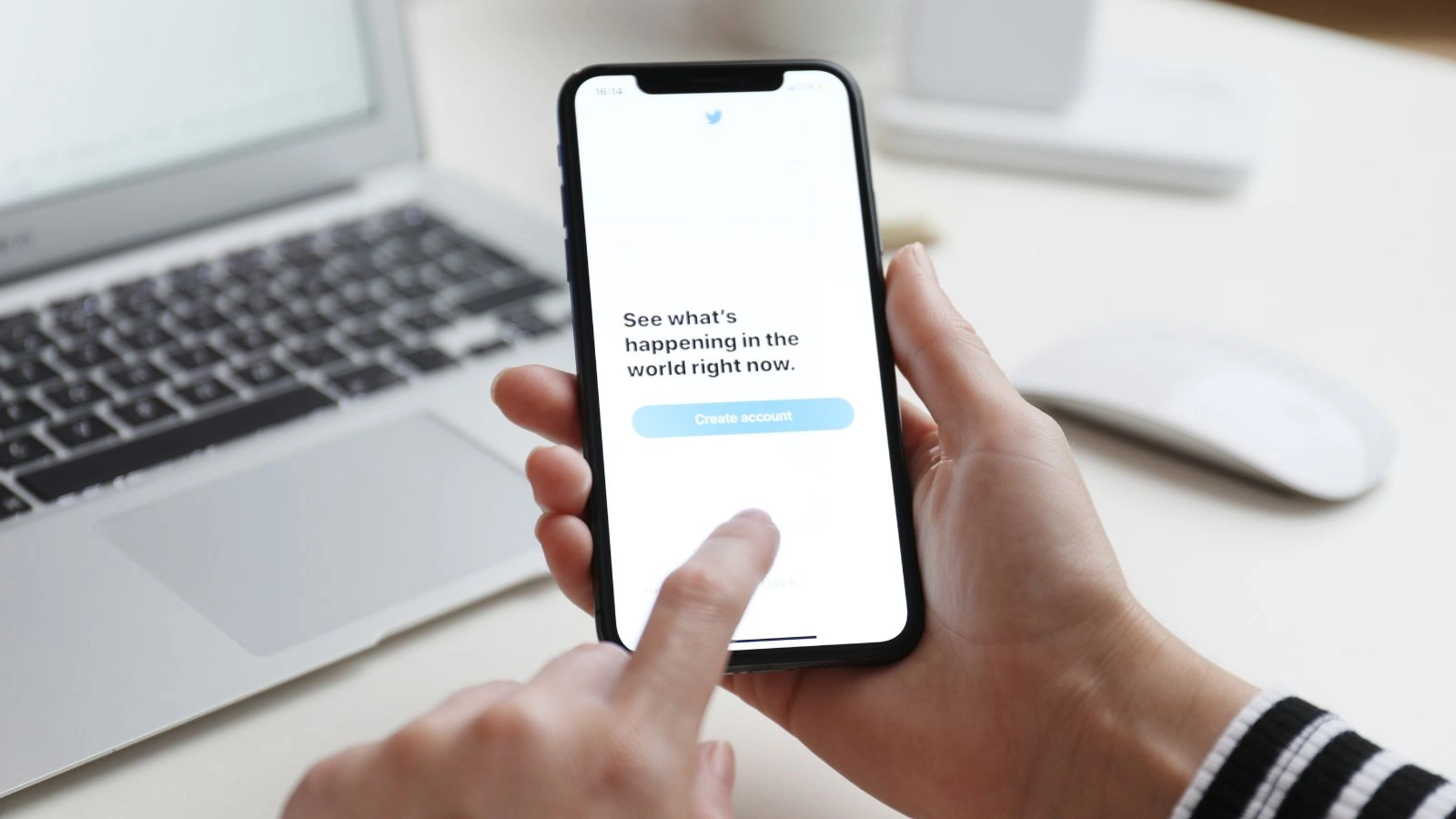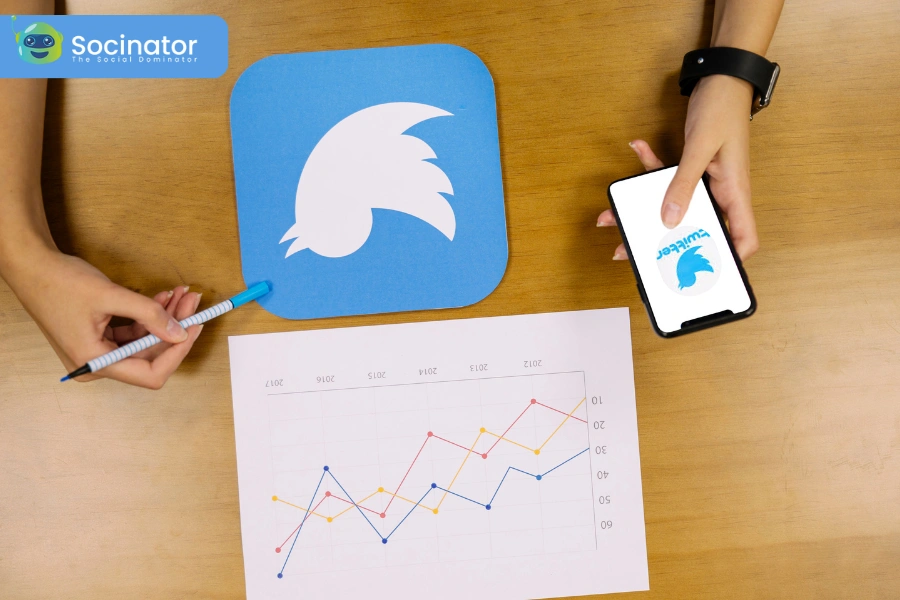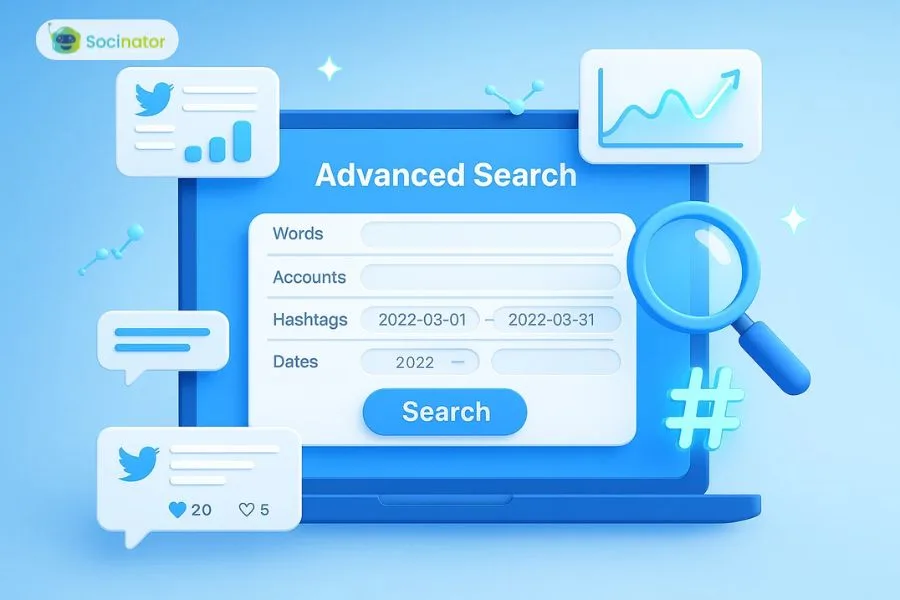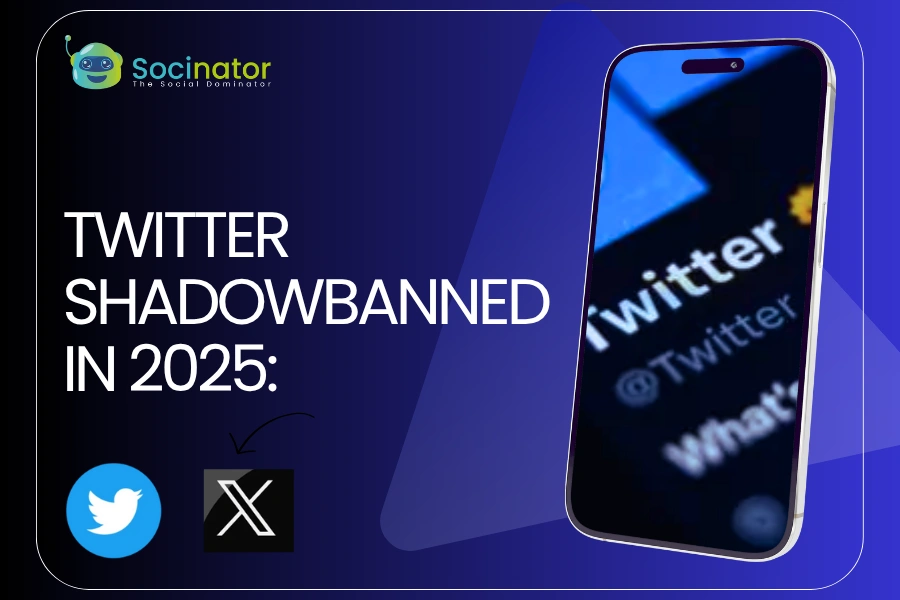Want more people to see your tweets and engage with your content? Twitter threads are one of the best ways to share longer thoughts while keeping your audience hooked.
Still, wondering what is a thread on Twitter and why everyone’s using it? Let’s break it down.
Sometimes, a single tweet just can not say it all. You want to explain more and add more context, but 280 characters won’t cut it.
That’s exactly why Twitter threads exist.
Threads give you the freedom to expand your thoughts, clarify ideas, and keep everything connected. With over 353 million active users on Twitter, threads aren’t just useful; they are essential.
So, what is a thread on Twitter?
If you have ever scrolled through a series of tweets that told a story or explained a concept step by step, you have probably seen a perfect example of what is a thread on Twitter.
A Twitter thread is a series of related tweets posted consecutively from the same account. While colloquially dubbed a “Tweetstorm,” it’s simply a method to share a story, unpack insights, or explain complex topics step by step, without overwhelming your audience all at once.
Now here’s the thing: writing a thread might look simple on the surface, but if you want people to read it, engage with it, or share it, you’ve got to approach it with intention.
What makes a good thread work?
Understanding what is a thread on Twitter is the core step to preparing one that holds attention. But how do you keep someone scrolling all the way through?
And more importantly, how can you stay consistent, especially when you’re short on time?
This guide will walk you through everything: What is a thread on Twitter is, why it still works so well in 2025, how to create threads that get seen, plus a few tools that can help along the way.
Let’s get into it.
Prefer listening? We’ve got you covered.
What Is A Thread On Twitter, & Why Should You Use It?
As we already discussed, what is a thread on Twitter? It is simply a series of connected tweets from the same account. You post one, then reply to it with another, essentially creating a structured way to post on Twitter with more depth and continuity.
And then another. Each tweet adds more context or detail, like building a mini-article, one post at a time, right inside the Twitter feed.
It’s not a new feature, but it’s one that’s stuck around for a reason.
Threads let you share something bigger than a single thought. You can use them to tell a story, explain a process, highlight a case study, or just walk people through a step-by-step idea, without forcing them to click out of Twitter.
What makes it different from just tweeting several times?.
Each tweet in a thread should connect logically to the one before it. You are not just pitching out random thoughts, you are showing the reader from Point A to Point B. When done right, a thread answers more than just what is a thread on Twitter; it keeps people engaged and encourages replies, retweets, and even bookmarks.
And here’s a little bonus: Twitter’s algorithm tends to reward content that keeps people reading. So if your thread is thoughtful, useful, or interesting, it’s got a better chance of being seen by more people.
In short, if you know what is a thread on Twitter, it can give you more space to speak without losing the casual, conversational style that works so well on Twitter.
It’s content marketing that does not feel like content marketing.
Why Are Twitter Threads So Popular?
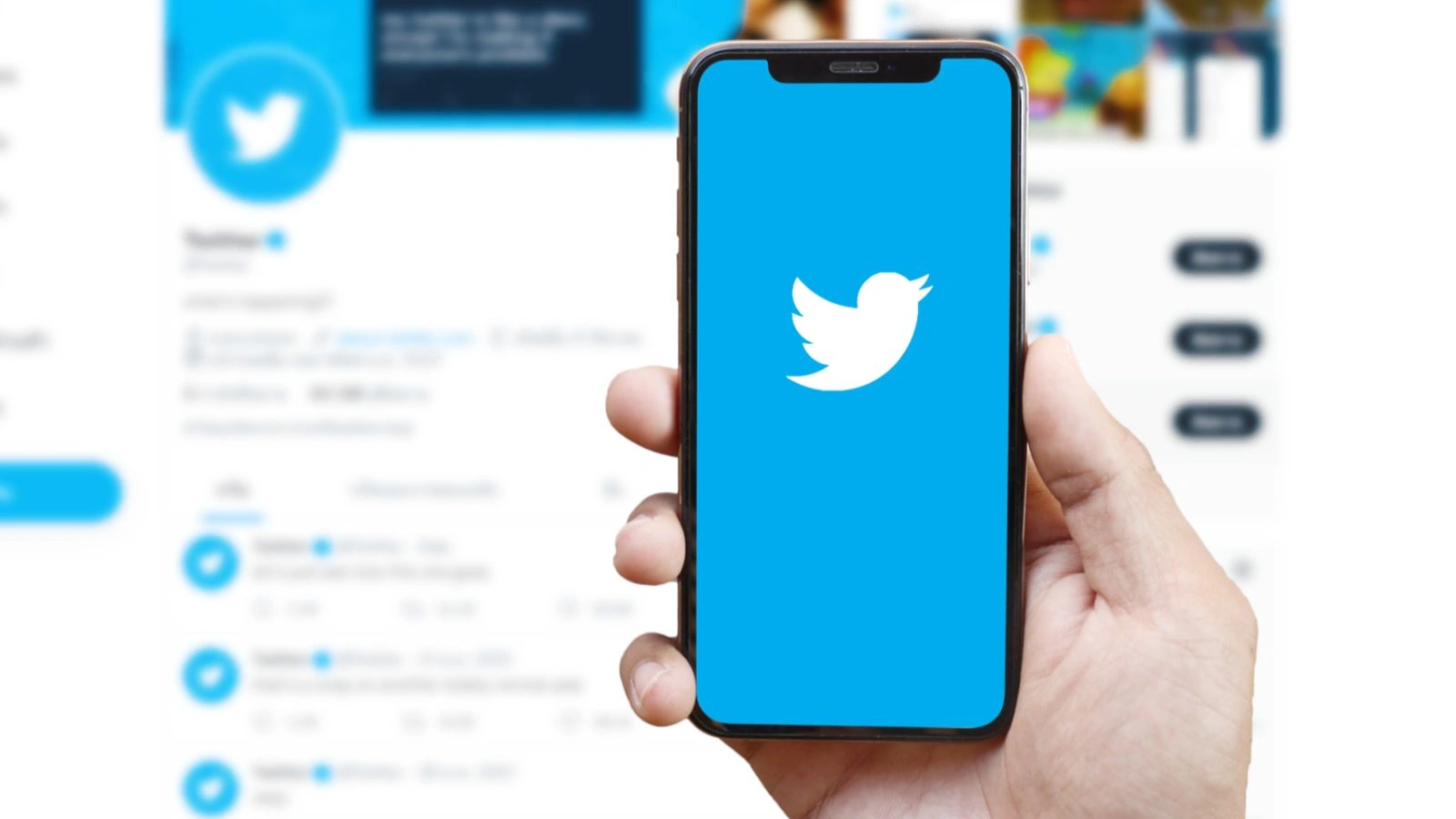 You have probably noticed that threads are everywhere these days.
You have probably noticed that threads are everywhere these days.
More marketers, creators, and even brands are asking what is a thread on Twitter because they have seen how effective it is in driving reach and conversations.
So, what’s behind this popularity? Well, it’s all about giving people what they want, value, and engagement, without making them work for it.
First off, Twitter threads offer a way to go deeper without leaving the platform. People don’t have to click on external links or scroll through an entire blog post to get valuable content. That’s the beauty of threads, once you know what is a thread on Twitter, you can use it to deliver depth without complexity.
In addition, threads cater to the short attention span that defines social media behavior today. Unlike long-form articles, Twitter threads deliver information in pieces, keeping readers hooked with each tweet.
It’s a quick read that delivers substance. Plus, with the ability to share threads directly, people can retweet and add their thoughts, creating a ripple effect that spreads content far beyond the original author’s followers.
But it’s not just about how threads are consumed, it’s about how they perform.
Threads boost engagement because they create a natural call for interaction. The user is prompted to reply, comment, or share with each new tweet in the thread. That back-and-forth keeps the conversation flowing.
That is a two-way format that defines what is a thread on Twitter and sets it apart from static social posts.
In a sense, threads are the sweet spot between long-form content and the rapid-fire pace of Twitter’s typical single tweets. If you’ve ever wondered what is a thread on Twitter, it’s this: a way to present your ideas fully, with context and nuance, while still feeling like part of the Twitter community. And that’s a huge reason they’re still gaining momentum.
How To Write A Perfect Twitter Thread?
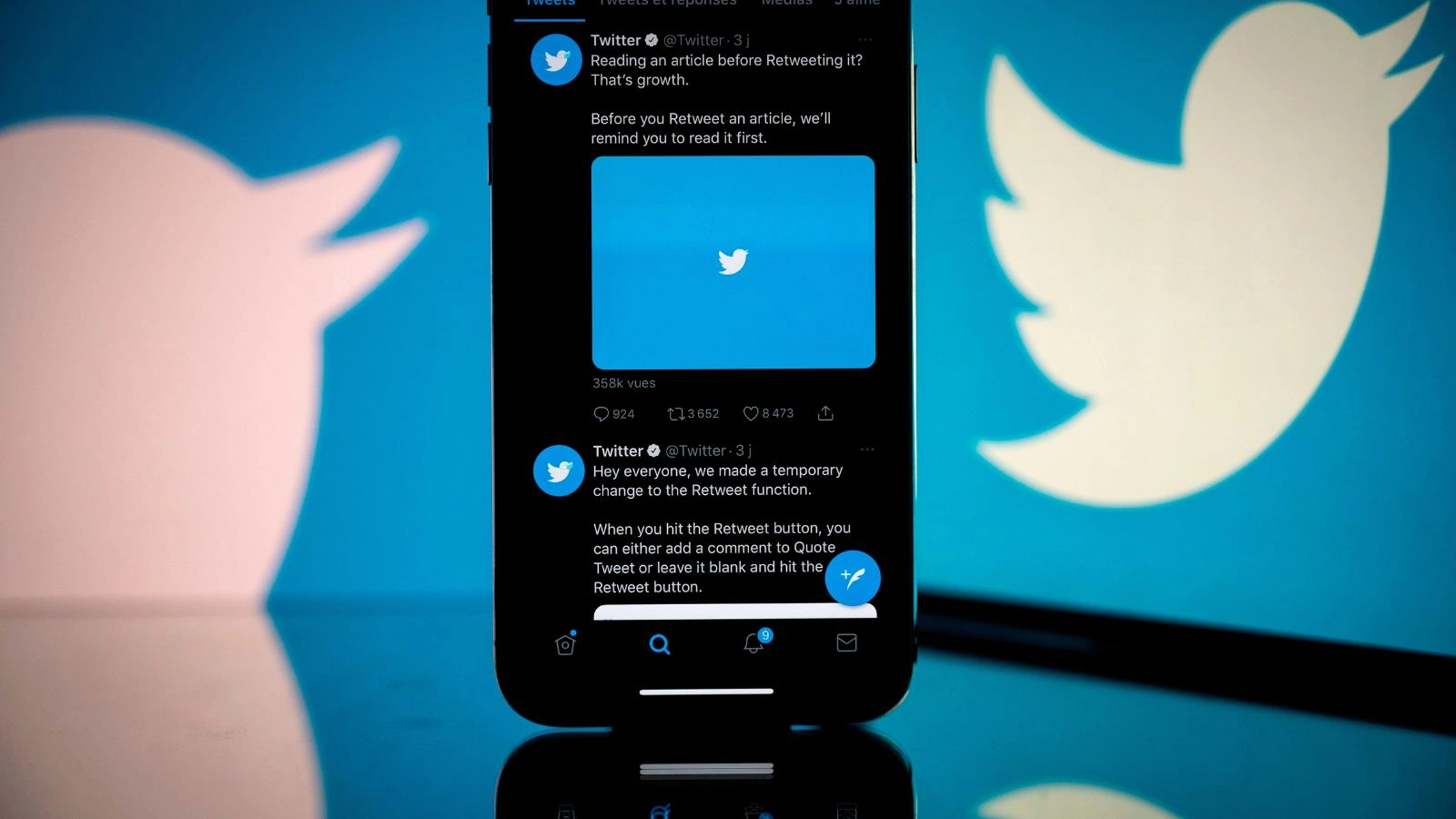 Writing a solid thread starts with answering a simple question: what is a thread on Twitter and how do you turn that into something worth reading?
Writing a solid thread starts with answering a simple question: what is a thread on Twitter and how do you turn that into something worth reading?
Twitter threads become the preferred format for sharing insights, stories, and step-by-step breakdowns.
According to Twitter’s internal data, threads generate more impressions and engagement than standalone tweets, especially when crafted with intention. Knowing exactly what is a thread on Twitter helps you prepare tweets that connect and convert in how your content performs.
In fact, threads are 63% more likely to be retweeted than single tweets on average, and creators who consistently post value-driven threads see up to 20% higher follower growth per month.
But how do you create a thread that doesn’t just fill the feed, but actually hooks, holds, and helps your audience?
Here’s a deeper dive into writing Twitter threads that feel natural, read well, and get shared.
1. Start With a Scroll-Stopping Hook
The first tweet is everything. It’s your one shot to get someone to pause, click “Show this thread,” and dive into what you have to say.
Your hook should either:
- Solve a clear problem
- Share a surprising insight or stat
- Spark curiosity or emotion
Example hooks:
- “Most people suck at writing Twitter threads. Here’s why and how to fix it.”
- “I grew my newsletter to 10K subscribers in 6 months without ads. Step-by-step thread”
- “You’re wasting time on Twitter. Here’s a better way to grow (backed by data):”
Keep it under 280 characters, make it personal if possible, and end with a down arrow emoji or a teaser like “Let’s break it down” to signal there’s more to come.
2. Set The Stage In The Second Tweet
Think of tweet #2 as your thread’s intro paragraph. You have got their attention, now explain what the thread is about and why they should care.
This helps the reader mentally commit to reading the full thread, instead of skimming or clicking away.
You can say things like:
- “In this thread, I’ll walk you through…”
- “Here’s everything I learned from…”
- “Let’s go step-by-step…”
And, make sure it connects directly to the hook, so the narrative feels smooth.
3. Structure The Body Like A Story Or Guide
The rest of your thread is the body where you unpack your ideas. This can be:
- A step-by-step guide
- A chronological story
- A list of tools or lessons
- A breakdown of a case study or data
Each tweet should deliver one clear point. Think of it like writing a blog, just split across multiple tweets. That’s why creators who understand what is a thread on Twitter structure their tweets like chapters, one thought at a time. Avoid rambling, each post needs to earn its place.
Twitter threads with 7–10 tweets tend to perform best. Long enough to offer value, and short enough to keep attention.
Use:
- Bullet points (• or —)
- Emojis for emphasis
- Paragraph-style tweets sparingly
4. Data, Credibility, or Personality
Dry threads don’t get shared. Sprinkle in real data, personal stories, or examples from credible sources. This gives your thread authenticity and authority.
Example: “According to Socinator, tweets with data visuals see 34% more retweets. Here’s how I use that in my strategy:”
You can also add stats about your performance, like:
- “This thread brought me 1,200+ new followers in 2 days.”
- “CTR on threads like this has outperformed blog links 3x in my tests.”
5. Experiment with Different Formats
Twitter tends to favor tweets that don’t include external links. It also gives more visibility to tweets with media like images, videos, and GIFs.
But, the most important thing is how engaging your content is. You can create more engaging tweets by combining text with images, videos, GIFs, or even polls. This keeps things interesting and helps hold your audience’s attention.
Don’t forget to include clear calls to action (CTAs) in your thread. For example, ask your followers to sign up for your newsletter, join a contest, or click the link in your bio.
The key is to try different formats, track how they perform, and figure out which ones work best for your audience.
6. End With a Call to Action (CTA)
The last tweet in your thread should give people something to do next:
- Follow you
- Comment on their thoughts
- Bookmark for later
- Visit your blog or product page
- Share the thread
A good CTA builds momentum. It turns passive readers into engaged followers.
Examples:
- “Found this helpful? Follow me for more content like this.”
- “Want a deeper dive? I cover this in more detail here [link].”
- “Have questions? Drop them below”
7. Don’t Post & Ghost, Reply to Yourself Quickly
One mistake people often make: posting the first tweet and then adding the rest later. That interrupts the thread’s visibility and flow.
If you are aiming to use threads effectively, it helps to first understand what is a thread on Twitter, and that means replying to your tweet in quick succession so the thread loads seamlessly.
Then, stick around. Reply to comments, like retweets, and keep the thread active. Twitter/X algorithm engaged conversations.
More To Read
How To Find Communities On Twitter In 2025?
How To Master The X Algorithm In 2025?
How To Change Twitter Handle – Steps, Tips, And Best Practices
5 Common Mistakes To Avoid When Creating Twitter Threads
 Many users hop into threading without fully understanding what is a Twitter thread, leading to posts that lack direction and coherence.
Many users hop into threading without fully understanding what is a Twitter thread, leading to posts that lack direction and coherence.
One common mistake? Not fully grasp what is a thread on Twitter. Threads are not random thoughts stitched together—they require clarity, flow, and purpose.
If you want your threads to stand out and actually get results, you’ll need to avoid these mistakes:
Lacking A Clear Structure
Threads are great for storytelling or explaining a concept, but that does not mean you should just leave a bunch of random tweets in a row. Without a clear structure, readers will fail, and your message will fall flat.
Make sure each tweet leads logically to the next. Use the first tweet to set the stage, and let each follow-up build on the previous one.
Having a strong narrative arc or clear flow makes it easier for your audience to follow and stay engaged.
Vast Amounts Of Information
Sure, Twitter threads give you more room, but that doesn’t mean you should overload readers with a ton of information in one go. People still expect bite-sized content that’s easy to read.
Break complex ideas into smaller, manageable chunks, and keep things focused.
If you have tangents, consider splitting your thread into multiple ones or taking the conversation to a more appropriate format (like a blog post or a video). Find yourself going off on.
Skipping The Hook
Your first tweet should grab attention and make people want to keep reading.
If you do not hook them right away, they will scroll past without a second thought.
Start strong. Ask a question, make a bold statement, or tease what’s coming next. The goal is to spark curiosity and give people a reason to stick around for the full thread.
Forgetting A Call-to-Action
It’s great to have an informative, engaging thread, but what do you want people to do after they read it? Do you want them to share it? Comment on their thoughts. Follow me for more.
Do not leave it up to chance. End your thread with a clear call-to-action (CTA). Encourage interaction to keep the conversation going and increase the visibility of your thread.
Not Using Visuals
A thread made up of just text can be easy to skip over. Add some visual elements, images, GIFs, charts, or even simple formatting (like bullet points or emojis) to break up the text and make it visually appealing.
Not only do visuals keep readers engaged, but they can also help explain your message better. For example, a quick graph or diagram can make a complex point much easier to understand.
By keeping these mistakes in mind, you will find a way to craft Twitter threads that capture attention and engage your audience from start to finish.
How To Use Twitter Automation Tools To Maximize Your Threads?
 Once you have learned what is twitter thread, the next step is optimizing how you post and manage those threads efficiently.
Once you have learned what is twitter thread, the next step is optimizing how you post and manage those threads efficiently.
Now, how do you keep it all running smoothly without burning yourself out?
That’s where Twitter marketing automation tools come in.
Twitter marketing software can help you schedule your threads in advance, manage engagement, and even track how your threads are performing, all while saving you time.
Instead of manually posting each tweet in your thread and hoping for the best, these tools allow you to streamline the process and focus on the bigger picture.
Here’s how automation can work for you:
Schedule Your Threads in Advance: With tools like Socinator, you can plan your content calendar and schedule threads to go live when your audience is most active.
This way, your content rolls out on time, even if you’re busy elsewhere.
Monitor Thread Performance: Instead of checking metrics tweet by tweet, automation tools give you real-time analytics, likes, retweets, replies, and impressions.
You get a clear picture of what’s working and what needs adjusting.
Manage Replies & Interactions: Threads often spark conversations. But replying to everyone manually? That’s a lot.
Automation tools help streamline responses or categorize replies so nothing slips through the cracks.
Analyze & Optimize: Tools like Socinator and TweetReach offer insights into audience behavior, twitter trends, and timing.
This data helps you refine future threads, so they perform better with each post.
Maintain Consistency: Posting regularly builds trust. But consistency is hard when life gets hectic. With automation in place, your threads stay on track, even if your day doesn’t.
Pro Tip: Use Socinator to Make Writing Your Twitter Threads Easier
 Socinator is a powerful social media automation tool that helps creators and brands streamline their online presence with ease.
Socinator is a powerful social media automation tool that helps creators and brands streamline their online presence with ease.
When it comes to platforms like Twitter, success is not just about posting content—it’s about scaling your efforts while maintaining that personal touch that drives meaningful engagement.
If you already understand what is a thread on Twitter, Socinator helps you take it further by automating publishing, scheduling, and performance tracking.
Whether you’re focusing on Twitter threads, running campaigns, or posting regular updates, Socinator saves you hours of manual work each week, helping you grow more efficiently.
Key Feature.
Social Media Scheduling: Plan your tweets and full threads with custom scheduling options. You decide when your content goes live, and the Socinator handles the timing, so you never miss a key moment to post. This is especially helpful if you’re managing campaigns or trying to post when your audience is most active.
Content Management: Socinator helps you organize your content, recycle high-performing posts, and maintain a clean thread structure. Everything stays neat, accessible, and ready to post when you are.
Audience Targeting: Reach the right audience with features that let you track hashtags, keywords, and engagement behavior. Socinator helps you find what your audience cares about and tailors your outreach to boost relevance and interaction.
Analytics & Insights: What’s working and what’s not? Socinator gives you a detailed breakdown of how your tweets and threads are performing.
So that you can track engagement, reach, clicks, and more, all from one dashboard.
These insights help you improve your Twitter content strategy over time.
In short: If you want to use Twitter threads as part of your content strategy, Socinator makes the process smarter, not harder. You stay creative, while it handles the execution.
Final Thoughts
By now, you know exactly what are threads on Twitter and how they work. With the right strategy and the right tools like Socinator, you can turn threads into your most powerful Twitter asset.
But let’s be honest: consistency, structure, and creativity do not just happen on their own. They need a bit of planning, the right approach, and a little help from smart tools. By avoiding the common mistakes we covered and using automation software like Socinator, you can focus less on logistics and more on creating impactful content.
So the next time you find yourself with more to say than a single tweet can handle, don’t hold back, thread it. Break it down, build it up, and share your message the way it deserves to be told.
FAQ
Are Twitter threads better than single tweets?
For longer narratives or insights, yes. Threads keep readers engaged and allow space to break down ideas clearly, far more than a single tweet can.
How many tweets should I include in a thread?
Aim for 5–10 tweets. Enough to give depth without overwhelming. Quality matters more than count.
Can I edit a tweet in a thread once it’s posted?
No. Twitter doesn’t allow edits after publishing. Draft your thread carefully or use scheduling tools to preview before posting.
What’s the best time to post a Twitter thread?
When your audience is most active. Use analytics tools (or Socinator) to find optimal posting times based on engagement history.

